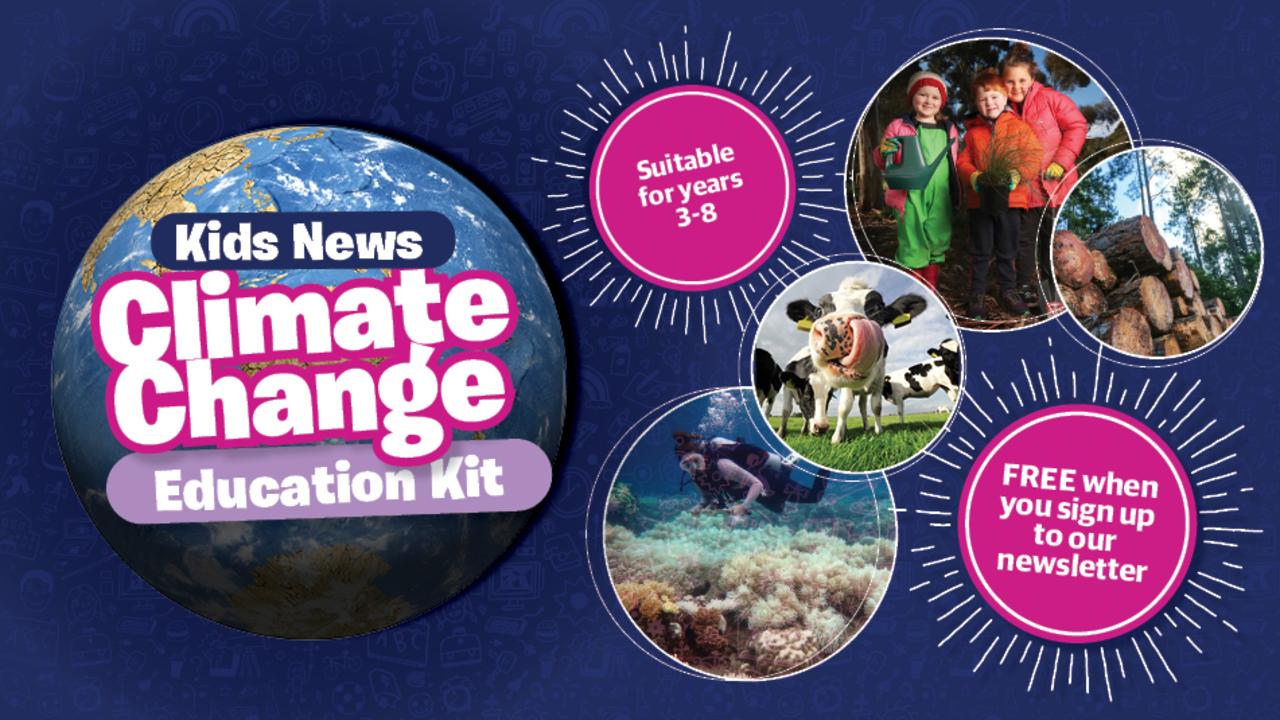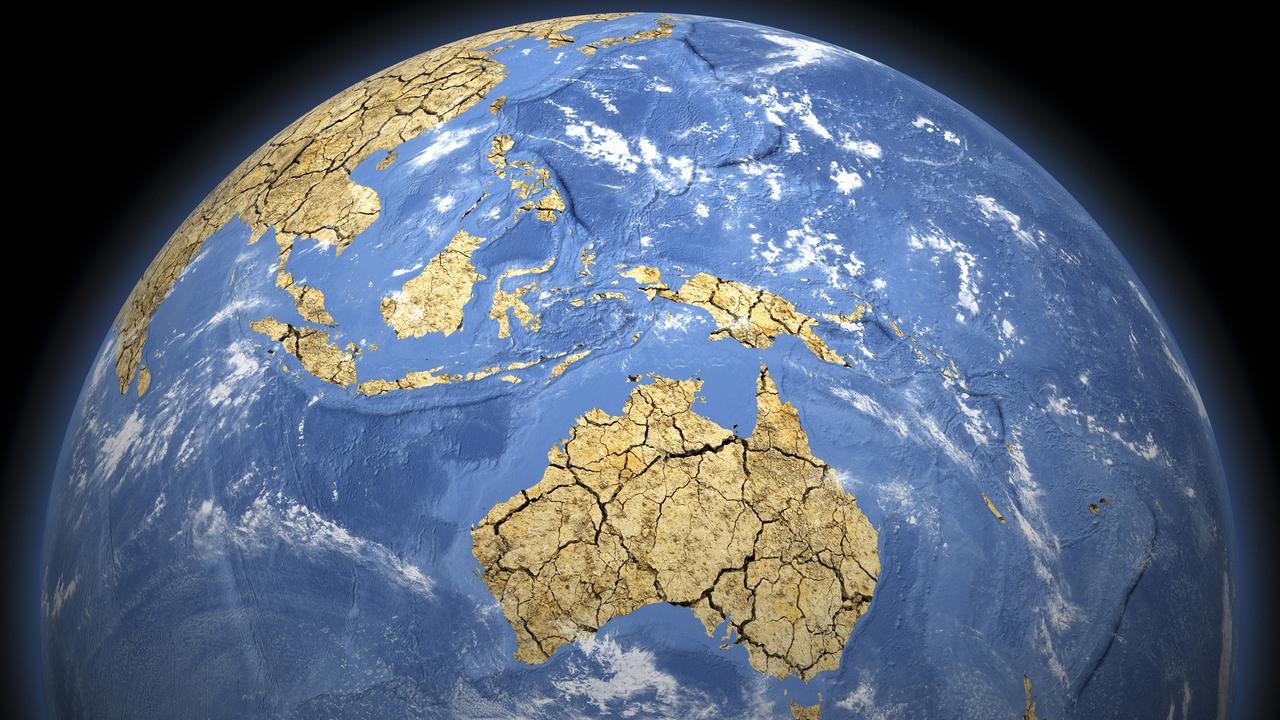Climate change Part 7: Big and small solutions to tackle the climate challenge
PART 7: Cutting greenhouse gas emissions is key to tackling climate change. While this requires some big solutions, there are many little changes we can all be making

READING LEVEL: GREEN
The main cause of climate change is harmful greenhouse gases* released into Earth’s atmosphere.
The gases act like a blanket. They trap the sun’s heat in the atmosphere and this raises the planet’s temperature.
This affects our climate, causing extreme weather events, such as heatwaves and floods, and devastates nature, including animal populations and habitats.
The main greenhouse gas is carbon dioxide. Humans create this gas in all kinds of ways, but one of the main ways is by burning fossil fuels*, such as coal, oil and gas, to generate the energy we use to power our homes, buildings and transport.
The good news is that plants and the ocean absorb carbon dioxide. The bad news is that there is too much carbon dioxide for them to manage. So now we have way too much carbon dioxide in the atmosphere – and scientists say we need to do something about it, pronto!

HOW WE CAN CUT GREENHOUSE GAS EMISSIONS
There are various ways we can cut greenhouse gas emissions. Here are some suggestions from climate experts and activists:
Stop using fossil fuels: Many people are campaigning for Australia to stop approving new fossil fuel projects, phase out* current projects, and start relying on clean, renewable energy* sources, such as the wind, sun and water, instead.
Australia is one of the world’s biggest sellers of fossil fuels to other countries – and by doing this, it’s encouraging other countries to continue to use fossil fuels. Climate activists are also campaigning for Australia to stop exporting* fossil fuels.
Drive electric cars: Electric cars don’t pollute the air with greenhouse gas emissions*, don’t rely on petrol (which is made from oil, a fossil fuel) and can be recharged with clean, renewable electricity. At the moment, they are too expensive for most people to buy. But as the price comes down in coming years, more of us will buy electric cars.
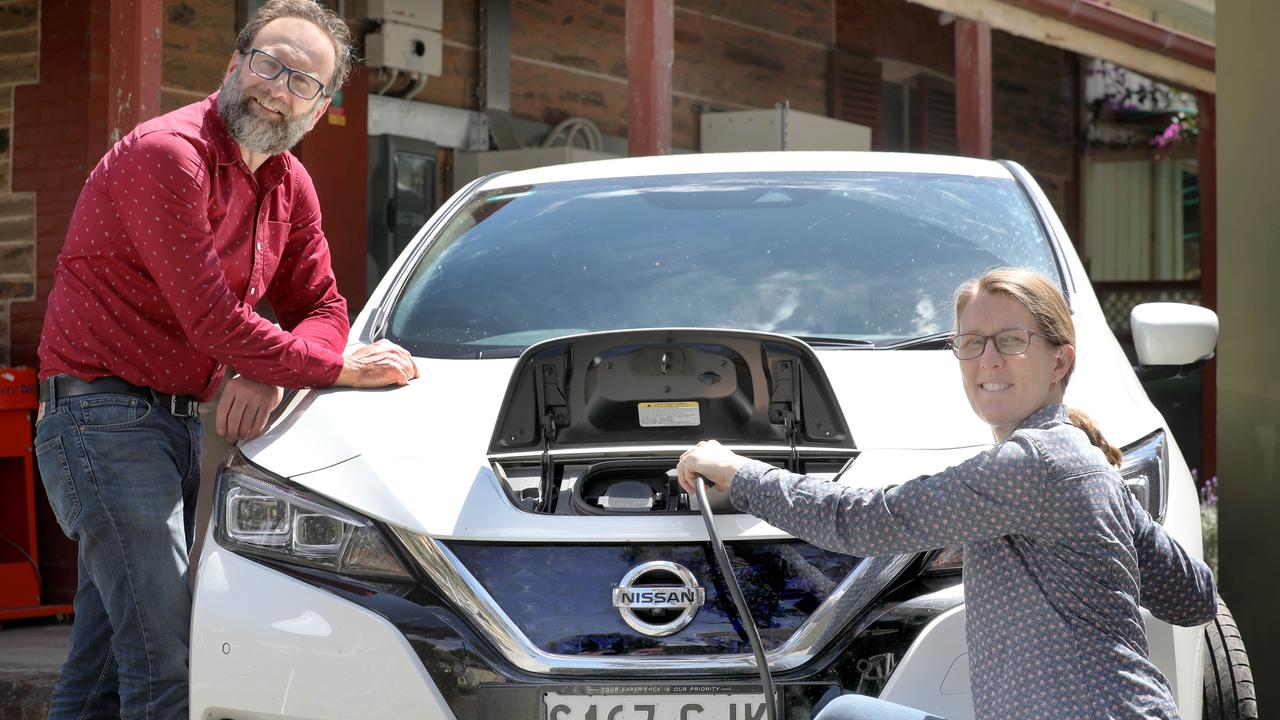
Make all transport electric: If all of our transport, including cars, buses, trams and trains, was powered by renewable electricity, that would make a big difference to our greenhouse gas emissions. According to Australia’s Climate Council, transport is the cause of a whopping 19 per cent of Australia’s greenhouse gas emissions!
RENEWABLE ENERGY SOURCES
Renewable energy is produced from sources that will not run out, like the sun and wind.
They also produce hardly any harmful greenhouse gases that contribute to global warming. While some emissions occur when setting up renewable energy production, for example making wind turbines and then transporting them to their location, once established they release almost no greenhouse gases into the environment.
Here are some key renewable energy sources:
Solar: Solar energy is the light and heat given off by the Sun. Solar panels capture this light and heat and convert it into energy that can be used to power homes, buildings and even the International Space Station.
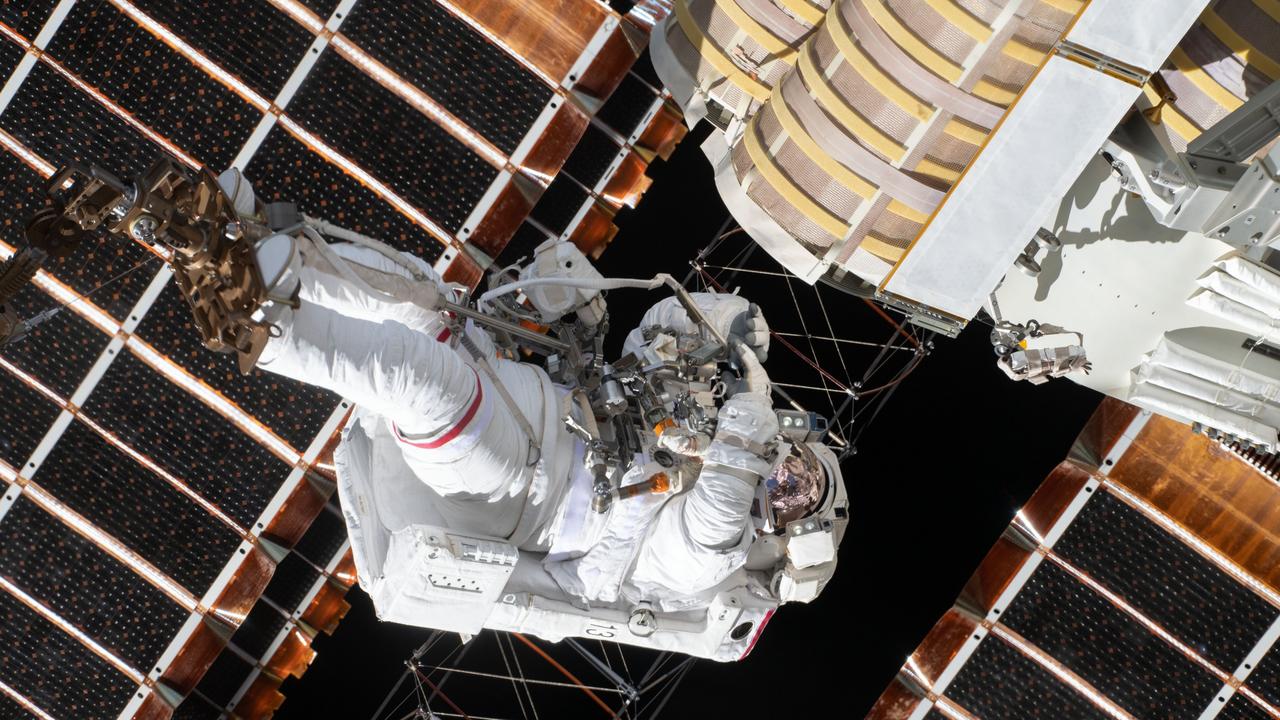
Hydro: This is when moving water is used to turn a turbine, which then generates electricity. Coal-fired electricity plants use the same method, but by burning coal to create steam to turn the turbines.
Tidal: The ocean’s tides rise and fall each day, the result of the gravitational pull of the Moon and, to a lesser degree, the Sun. Tidal generators work like wind turbines, except they are turned by the ocean tides rather than the wind. The spinning turbine is connected to a generator that produces electricity.
Geothermal: Geothermal energy is heat that comes from inside Earth. The heat is produced when certain chemical elements decay, or break down. The heat is so close to the surface in some places that it can be easily used as an energy source. In other places holes must be drilled down through rocks to reach the heat. Pumps are then used to bring hot water to the surface. Steam from the hot water is used to spin a turbine, which is connected to a generator that produces electricity.
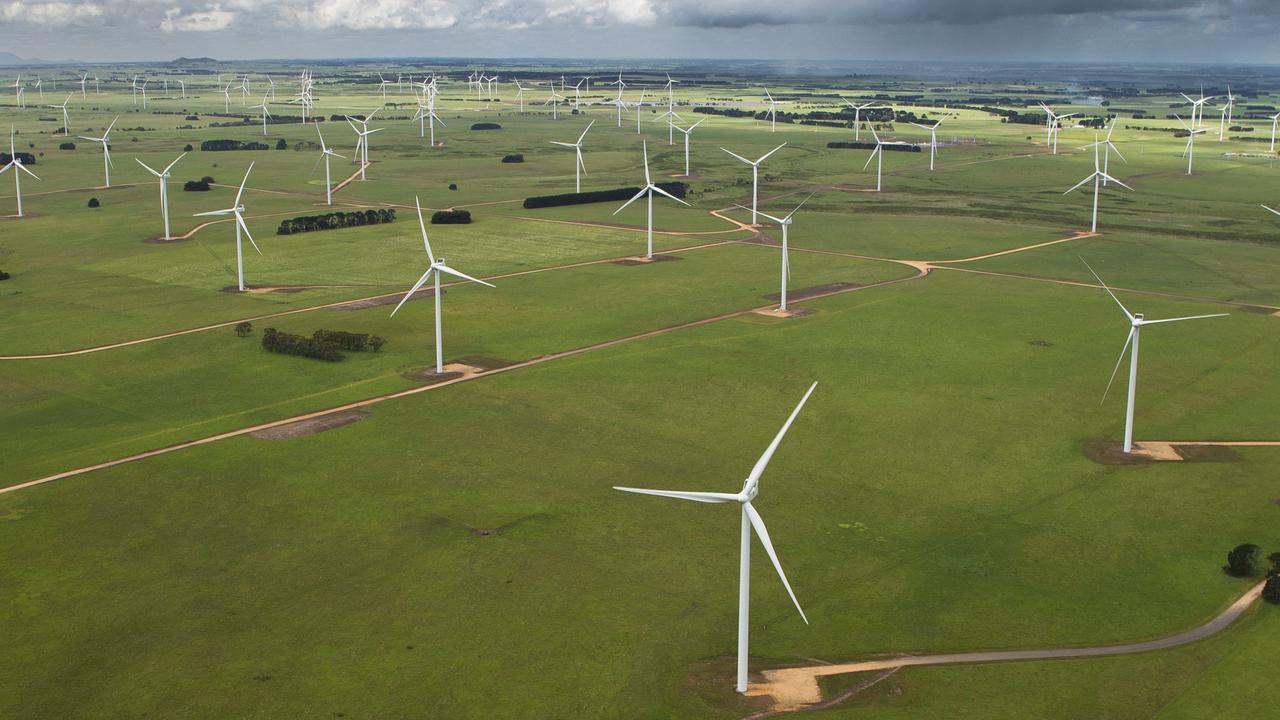
Wind: Wind is used to turn the blades of giant turbines, much like a windmill. You might have seen collections of these wind turbines in windy spots around Australia. When the blades spin they turn a turbine inside a small generator* to produce electricity.
WHAT CAN YOU DO AROUND THE HOME?
“Be the change you want to see in the world” is a popular motivational* quote. In terms of climate change, you could start by looking at your lifestyle habits and energy use at home and try to improve them. Here are some ideas:
- Ask your parents to consider switching your home’s gas and electricity provider to an environmentally friendly energy provider.
- Place food scraps and garden waste in the right bins provided by your council, or consider setting up a compost.
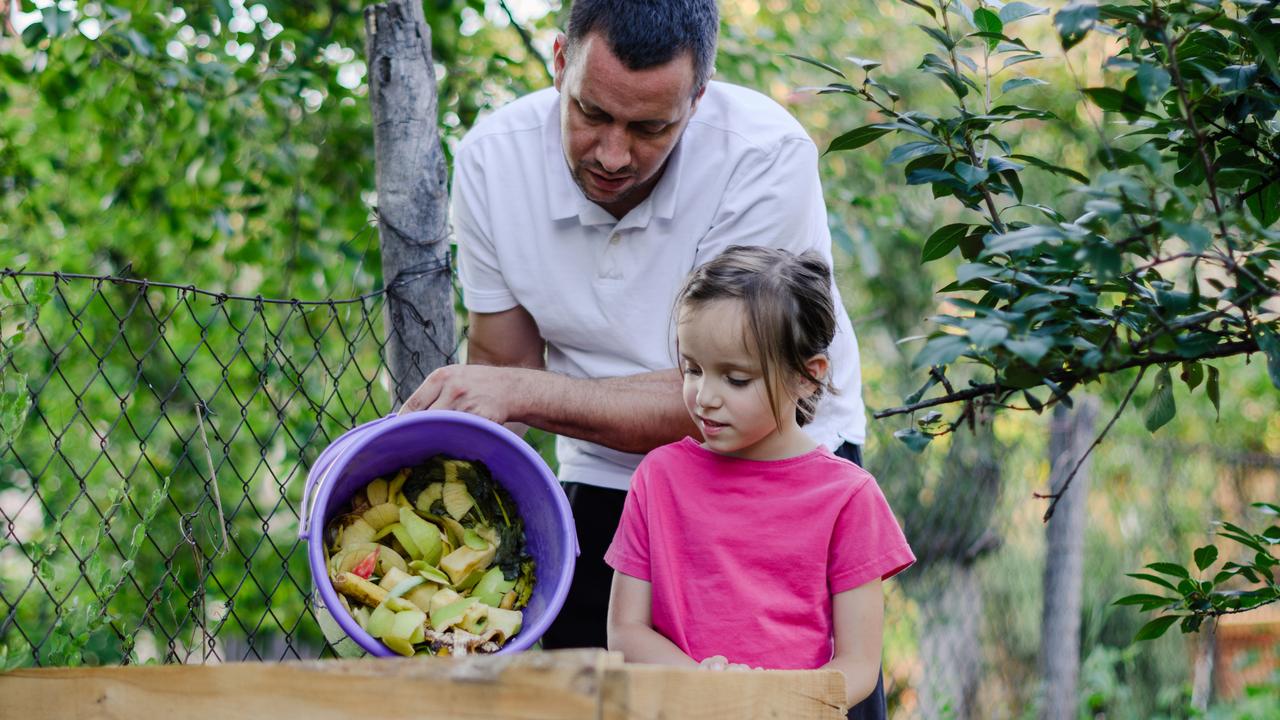
- Walk, cycle, catch public transport or car pool, rather than automatically taking the car.
- Encourage your parents to buy energy-saving lights and water-saving tapware, and install insulation* and outside blinds so you won’t have to use heaters and air conditioners as much.
- Recycle your waste, turn off lights when you leave a room, hang washing rather than using the dryer and keep showers short.
- Consider eating more fruit and vegetables and less meat. Animal agriculture is a big contributor to greenhouse gases. Also, where possible, buy foods that are in season, to help reduce food transport.
- Plant trees.
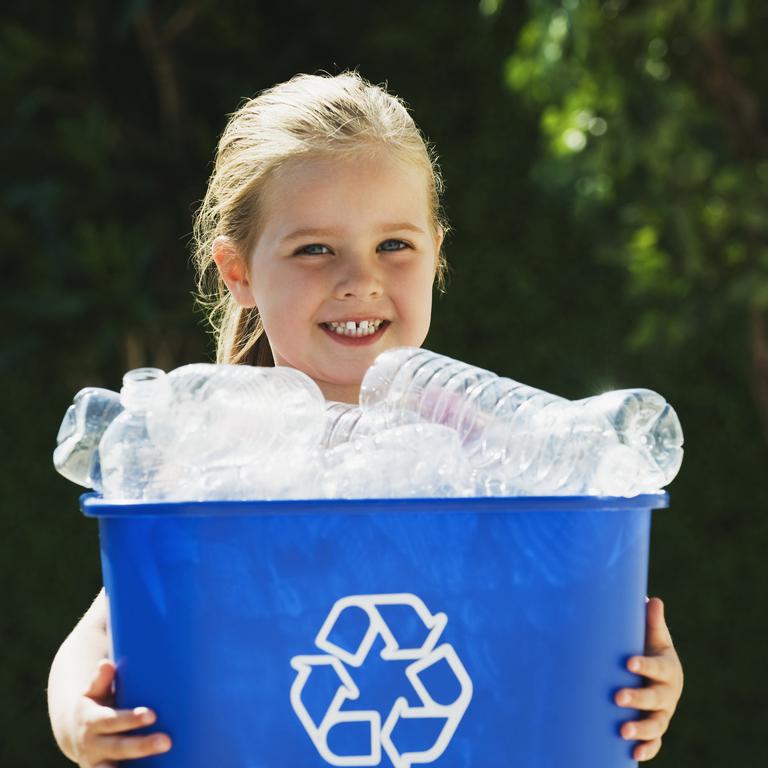
GLOSSARY
- greenhouse gases: gases in the Earth’s atmosphere that trap heat. They include carbon dioxide and methane
- fossil fuels: fuels that are formed underground from plant and animal remains millions of years ago and are dug up and turned into energy when burnt
- phase out: gradually remove
- renewable energy: energy that is produced from sources that will not run out
- exporting: send to another country for sale
- emissions: the release of harmful gases into the atmosphere
- generator: machine that produces electrical power
- motivational: able to make someone enthusiastic about something, inspiring them to do something
- insulation: material that keeps heat in
EXTRA READING
How kids can make a difference
How to cope with climate worries
QUICK QUIZ
- What is the main greenhouse gas?
- What is one of the main ways humans create this gas?
- Name one of the ways we can cut greenhouse gas emissions
- Which form of renewable energy uses moving water?
- What popular motivational quote is used in the story?
LISTEN TO THIS STORY
CLASSROOM ACTIVITIES
Refer to the accompanying Climate Change Education Kit classroom workbook with 20 activities. It’s FREE when teachers subscribe to the Kids News newsletter.
